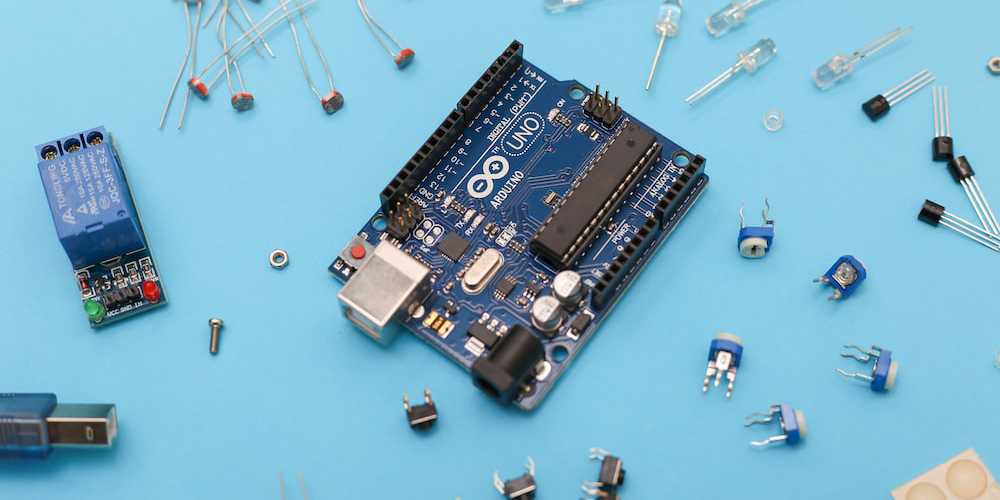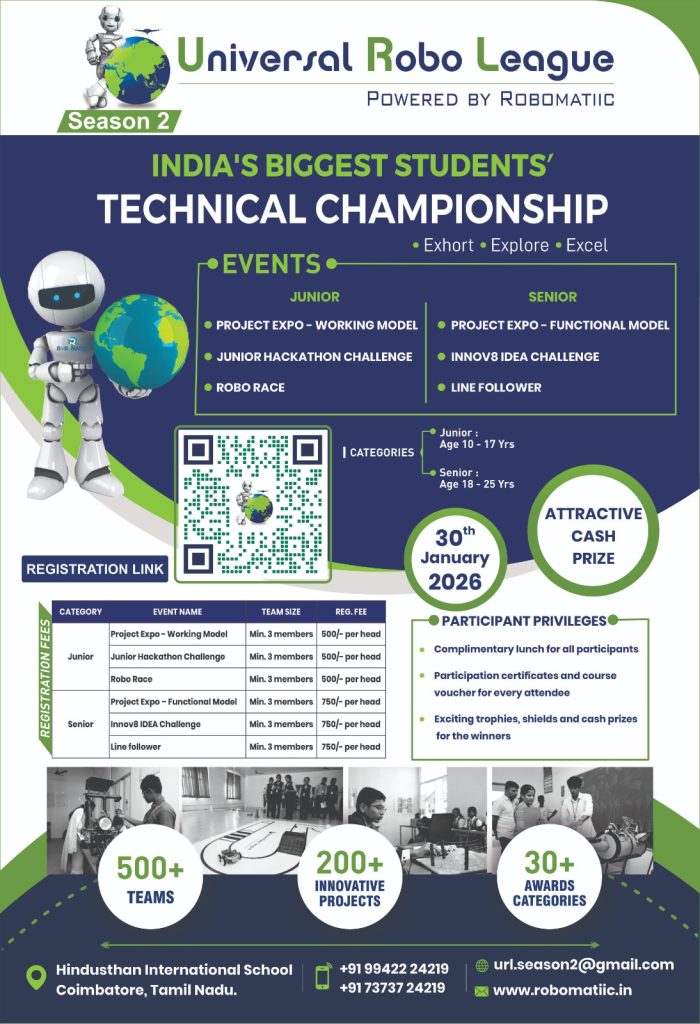Embedded with Arduino

COURSE SYLLABUS:
Arduino is a prototype platform ( open-source) based on an easy-to-use hardware and software. It consists of a circuit board, which can be programed (referred to as a microcontroller) and a ready-made software called Arduino IDE (Integrated Development Environment), which is used to write and upload the computer code to the physical board. Arduino provides a standard form factor that breaks the functions of the micro-controller into a more accessible package.Description
This course is intended for enthusiastic students or hobbyists. With Arduino, one can get to know the basics of micro-controllers and sensors very quickly and can start building prototype with very little investment. This course is intended to make you comfortable in getting started with ArduinoPrerequisites
We assume that you are already familiar with the basics of C and C++. Knowledge in another programming language especially the OOP is an added advantage. A basic understanding of microcontrollers and electronics is also expected.Learning Outcome
The students will:- Learn the basics of electronics, including reading schematics (electronics diagrams)
- Learn how to prototype circuits with a breadboard
- Learn the Arduino programming language and IDE
- Program basic Arduino examples
- Prototype circuits and connect them to the Arduino
- Program the Arduino microcontroller to make the circuits work
- Connect the Arduino microcontroller to a serial terminal to understand communication and stand-alone use
- Explore the provided example code and online resources for extending knowledge about the capabilities of the Arduino microcontroller
Modules
This will involve designing, developing, coding, and implementing the Arduino project. Projects will include but not be limited to
Intelligent home locking system.
Intelligent water level management system.
Home automation using RFID.
Real-time clock-based home automation.
Intelligent Automatic Irrigation System.



